#Maasai Mara
Explore tagged Tumblr posts
Text





Youth fascination with technology Maasai Mara, Kenya Photographed by Michel Zoghzoghi
486 notes
·
View notes
Text
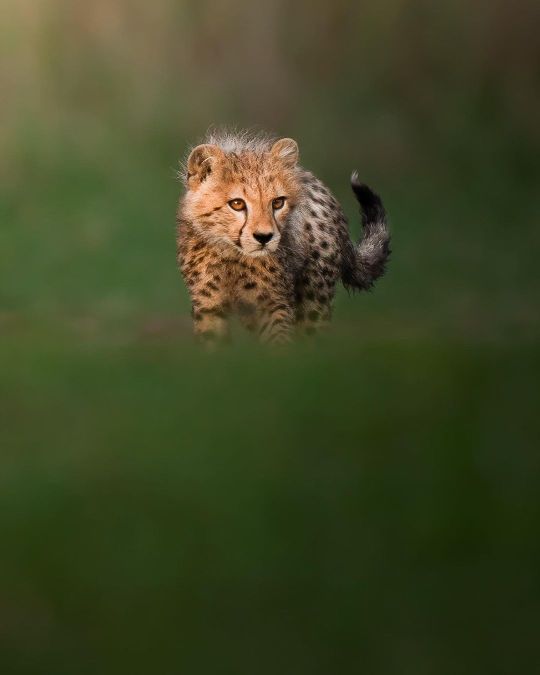


Babies l Dhir Jakharia l Maasai Mara, Kenya
#animals#maasai mara#kenya#photography#photos#nature#animal#cheetah#elephants#cheetahs#baby animals#cute animals#lions
502 notes
·
View notes
Photo

“Little Mush”
by Vicki Jauron (USA)
The Greatest Maasai Mara Photographer of the Year.
#vicki jauron#photographer#united states#lioness#lion#animal#lion cub#mammal#wildlife#nature#black & white photography#greatest maasai mara photographer of the year#maasai mara
642 notes
·
View notes
Text
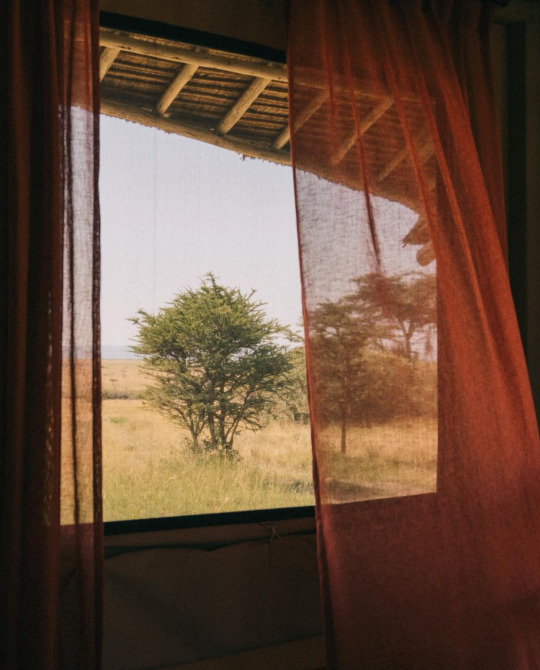
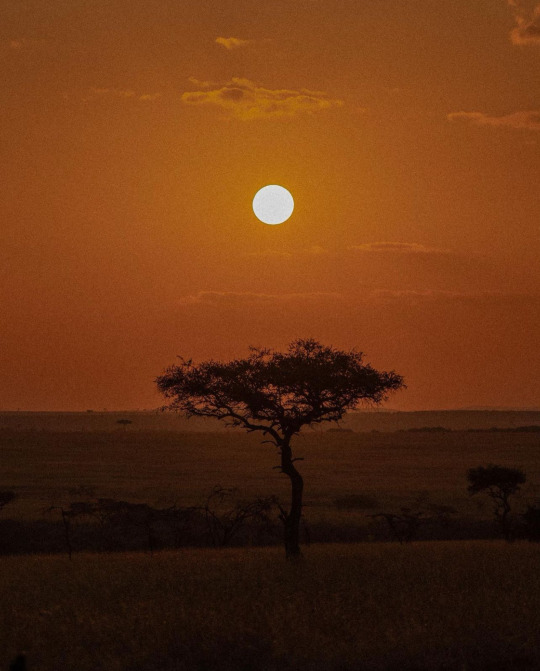
maasai mara, kenya
erikaexplores
#maasai mara#kenya#africa#landscape photography#nature photography#sunset#naturecore#curators on tumblr
185 notes
·
View notes
Text

Milko Marchetti's "Stuck Squirrel"
Maasai Mara National Reserve in Kenya.
2024 Nikon Comedy Photography Awards.
© Milko Marchetti | Nikon Comedy Wildlife
#art#surreal#fun#funnyshit#funny#funny pictures#funny shit#funny pics#animals#squirrel#stuck#milko marchetti#comedy photography awards#wildlife#nikon comedy wildlife#kenya#maasai mara#cuteness
33 notes
·
View notes
Text

Cheetah in Kenya's Maasai Mara by beverlyjoubert 2020-03-02
#Cheetah#Kenya's Maasai Mara#Kenya#Maasai Mara#beverlyjoubert#2020#Beverly Joubert#photography#Africa#animal#feline#savannah#trees#horizon#landscape
10 notes
·
View notes
Text


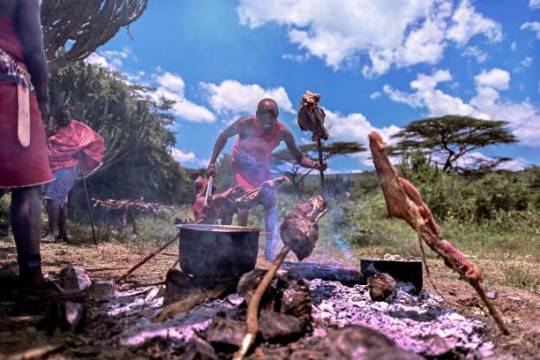
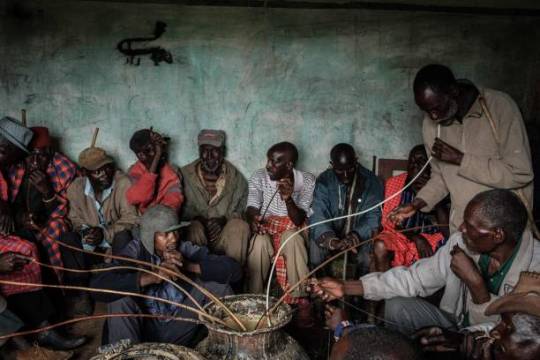
🌍 The Enriching Journey of the Maasai Tribe
The Maasai tribe is a significant community with a unique history. They originated from South Sudan, belonging to the Nilotic ethnic group. Due to unfavorable conditions for livestock farming, they were compelled to migrate in search of grazing land and water for their animals. On their journey, they passed through various regions, including the Ethiopian Highlands and the Great Rift Valley, eventually settling in the fertile lands of the Serengeti and Maasai Mara. Along the way, they encountered various indigenous communities, such as the Samburu, Kikuyu, and Luo, which contributed to the distinctiveness of the Maasai culture.
Today, the Maasai primarily live in Kenya and Tanzania, with an estimated population of around 1 million. They are divided into approximately 16 clans, with the Purko and Loita clans in Kenya and the Parakuyo clan in Tanzania being the most influential in terms of historical impact and size. Despite their geographical separation, the Maasai maintain a shared culture that binds them together.
In Kenya, the Maasai lead a semi-nomadic lifestyle, which contrasts with the more settled Maasai in Tanzania, who now engage in both farming and livestock herding. Their unique identity is immediately visible through their attire. In Kenya, they wear red shukas (blankets) adorned with intricate beadwork, while in Tanzania, the Maasai often wear blue and purple shukas. These variations in attire symbolize their unity in diversity.
Visiting the Maasai offers a unique learning experience. You can participate in their traditional dances, such as the adumu or jumping dance, and listen to elders recount stories of their origins. You will also have the chance to taste their traditional foods, like ugali (maize porridge), traditional drink (known as amarula –a mixture of fresh cow’s milk and cow blood), meat, and milk. Importantly, you will learn about their traditional herbal medicine practices, known as mitishamba. Examples include esititi, used for dental care, various herbs for treating malaria, and other plants for digestive health and body detoxification.
The Maasai tribe offers invaluable lessons in resilience, sustainability, and the importance of cultural heritage. This brief glimpse into their rich history and vibrant culture is just a taste of what this remarkable community has to offer.
✨ Resilience, Unity, and Cultural Heritage -The Maasai Way ✨
For more insight and information on cultural tours and safari experiences, follow us!
8 notes
·
View notes
Text
📷 Governor's Camp
3 notes
·
View notes
Text


Southwest African lion in Maasai Mara National Reserve, Kenya
Catherine Merlin
Scientific name: Panthera leo bleyenberghi
Class: Katanga Lion
Family: Felidae
Diet: Predominantly ungulates (zebras, antelopes)
Geographic Range: Southwestern Africa
Habitat: Deserts, grasslands, forests, mountains
#Maasai Mara National Reserve#Kenya#Southwest African Lion#Lion#Lions#National Reserve#Maasai Mara#KenyaWildlife#Southwest African Lions#Big Cats
14 notes
·
View notes
Text
TheRoamingChef: Cooked my family dinner in the Maasai Mara on the expansive Olderkesi Conservancy, and on the menu i had Wild Basil Chicken with the Star of the show being my Maasai Mara Wild Mint Lamb Chops that got a nod of approval from the Maasai. @invertedhighfives
7 notes
·
View notes
Text

14 notes
·
View notes
Text



Earlier this month, our team received word from Big Life Foundation about a lion caught in a snare. The trapped lion was spotted thanks to footage from a camera trap at a waterhole at Great Plains Ol Donyo Lodge in the Chyulu Hills.
The teams could identify from the video footage that the lion was a young male. One of our previous Guardians, Mokoi (who now works for Big Life Foundation as a lion tracker) immediately began tracking the lion on foot, helping our monitoring team to locate the lion with precision.
[…] The rescue went smoothly. The lion was sedated, allowing the teams to safely remove the snare and treat his wound. Our team identified him as the son of Olamaana, naming him Lewaya - meaning "He of the wire." After his release, Lewaya rejoined his father, Olamaana.
Lewaya, “He of the wire” Amboseli National Park, Maasai Mara, Kenya Images and words by Lion Guardians
51 notes
·
View notes
Text
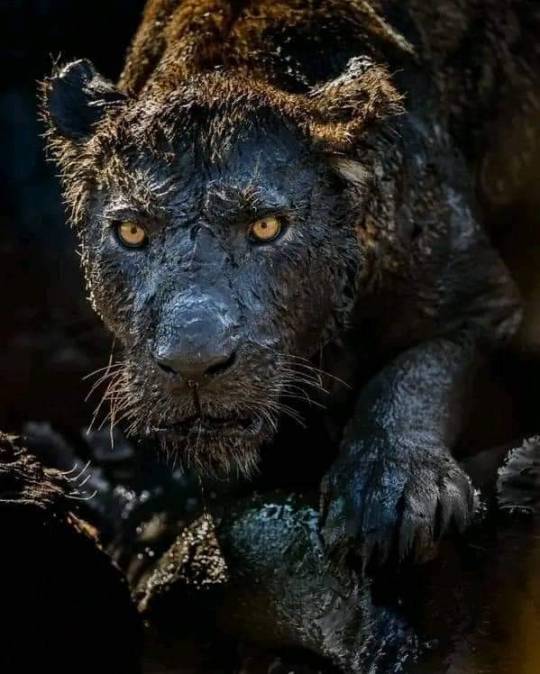
The Mud Monster l David Lloyd (x)
#lion#animals#buffalo#wildlife#wild animals#animal#lions#photography#nature#photos#maasai mara#kenya#africa
187 notes
·
View notes
Photo
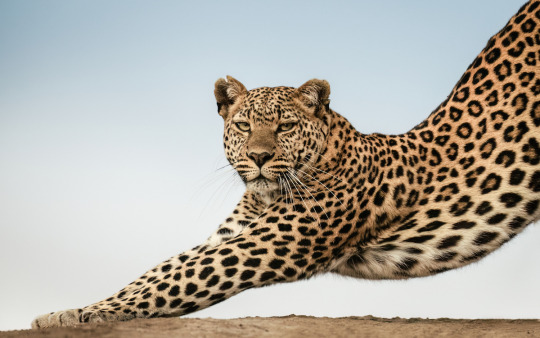
“Stretch”
by Kunal D Shah (Kenya).
The Greatest Maasai Mara Photographer of the Year.
#kunal d shah#photographer#kenya#maasai mara#greatest maasai mara photographer of the year#african leopard#leopard#animal#mammal#wildlife#nature
204 notes
·
View notes
Text

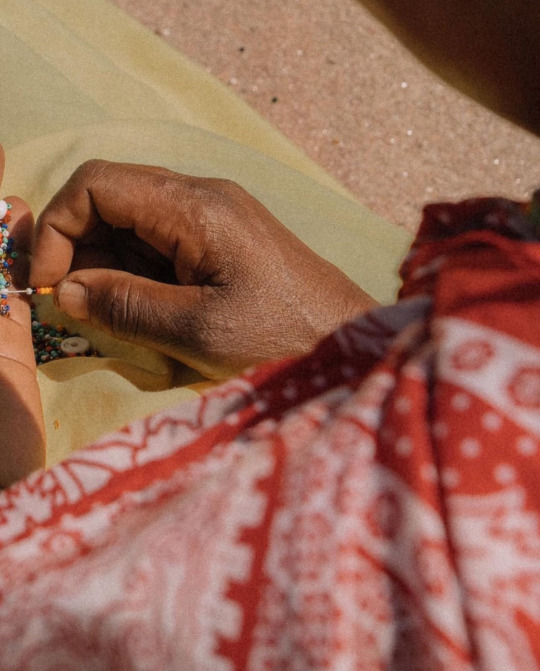
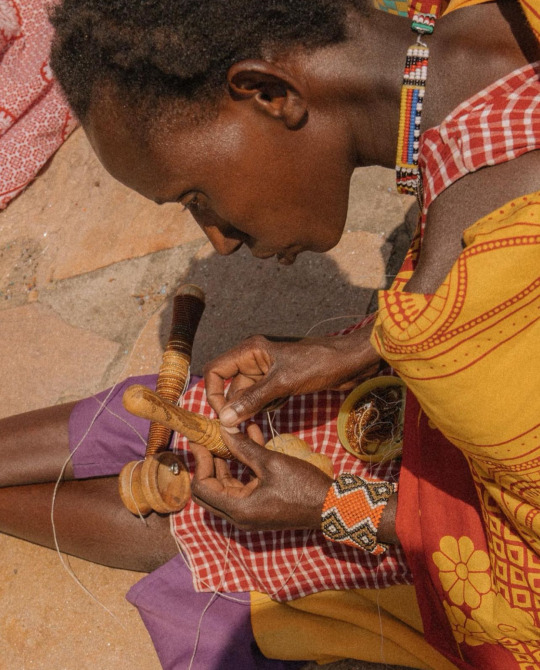

maasai beadwork, kenya
erikaexplores
#maasai mara#kenya#humans#people#portrait#photojournalism#portrait photography#documentary photography#curators on tumblr
42 notes
·
View notes
Text

Lorkulup est un roi du Maasai Mara.
4 notes
·
View notes